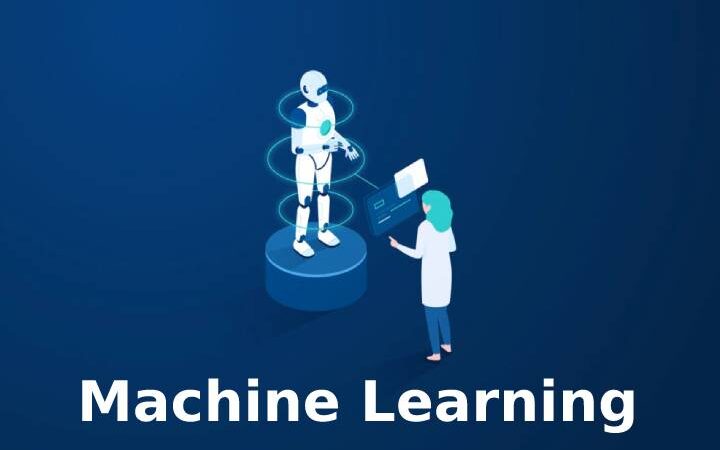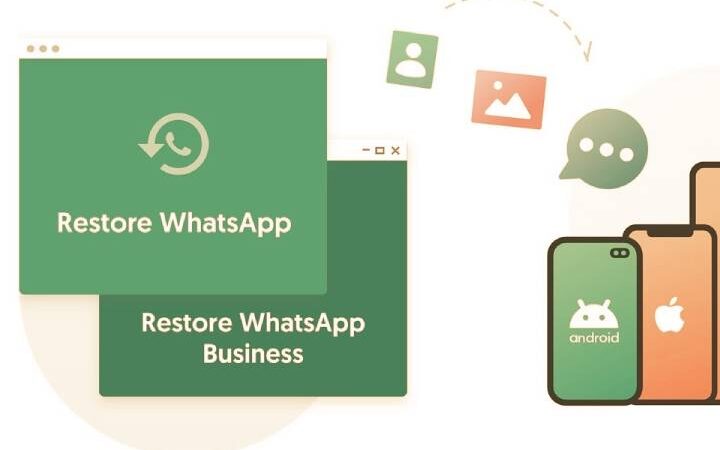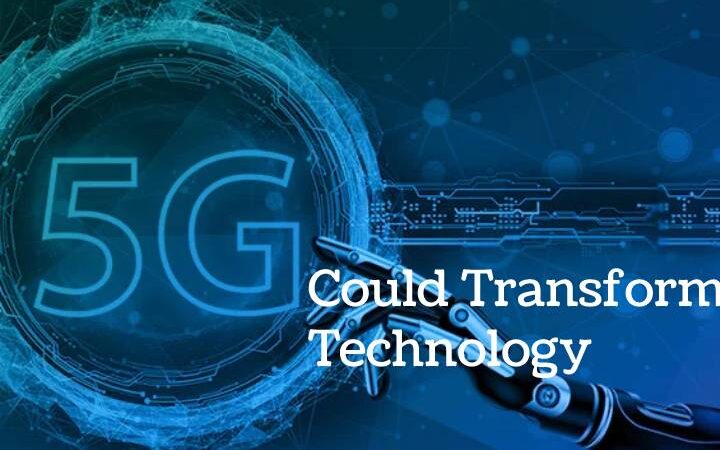Edge Computing: definition, functions and contribution to the digital world

If we want to understand how our applications and programs work when using our smartphone, tablet, or computer, we will possibly come across Edge Computing. Being a merely informative concept but known worldwide for its capacity, scope, and contributions to our day today.
Edge computing: definition
We can define edge computing as a computer resource that makes it possible to relate the user’s physical location in a storage space near their devices to transmit a series of data in thousandths of seconds.
This is how this technology has become the raison d’être of many companies since the ability to respond and improve the use of many services has been increasing. This happens because it is based on cloud computing to host all this information and transmit it faster and with less demand and cost than broadband.
Edge computing: characteristics and basic concepts
To understand what edge computing entails, it is necessary to explain what the bases of this technology are, among which are:
Edge
Edge Computing in Spanish is called “edge computing” this is how this concept is summarized to the network components that act as “edge” and can vary depending on the conditions and available devices.
Edge devices
It is understood as each device that sends data at the network’s edge. Among which are technological and intelligent devices.
Edge gateways
These computers are responsible for intercepting networks, which behave like routers to manage communication and data transmission.
Cloud computing
It is the data center that can be accessed from anywhere and from any device with an Internet connection, offering services through the network in an easy and highly accessible way.
The internet of things
Also known by the acronym (IoT), which is defined as a digital interconnection between different devices, such as smart devices and the internet.
How does edge computing work?
Now, these concepts are interrelated because they interfere with the process that this technology uses to work; if you have not yet fully understood how it works, here is an example:
Today, you usually use different applications; one of them could well be your social networks. To enter, you must provide your data from your computer or smartphone ( edge devices ), which send said information through a connection ( edge gateways ) to contact the nearest server or cloud to access your data; that way, the data, obtained you can log in and browse daily, that is what edge computing is all about.
This is how it is possible to access this information quickly through cloud computing since the information is stored in the cloud to make the connection satisfactory and faster. It should be noted that this does not only include smartphones, computers, and tablets. Many more devices such as a smart TV, alarms, lamps, GPS, and others make up what we call IoT.
Does it have benefits?
Of course, its main objective is to allow the information to be as close to its place of origin as possible. Consequently, browsing and transferring are trimmers and more efficient since the cloud supports it, so you can host and find what you need at the edge or border closest to the device that requests it.
It is a great advantage since it is possible to process the information in a shorter time, despite the amount and transfer of the same. Therefore, it allows this management to improve and progress promptly.
It supposes greater security in protecting the stored data, which are personal and are related to the user’s behavior on the site, in a close border. This is how there is greater control of information.
Now, for companies, what is your most significant advantage? Yes, since there is less data transfer, the performance of broadband and mobile data decreases, which generates a lower cost of investment. This is how it becomes an investment.
In addition, it also offers facilities, in this sense, by keeping the information hosted on a local server, thus allowing a problem not to cross its border. Therefore, the margin of error is reduced and allows the services to keep working even though it is not like that in other places.
What is its importance?
As we have mentioned before, there are various reasons and benefits that the use and application of this resource have shown us; however, determining its importance requires exposing the various perspectives and the contribution it offers.
Low cost:
As we have mentioned before, a significant factor that allows you to invest less in data transfer and the number of devices and transmitters to use.
Latency increase:
This refers to the time in which the data is sent and returned, in such a way that if there is a shorter distance, it is understood that its speed increases considerably.
Greater accessibility:
Yes, because by storing the data in a nearby place, its sending and processing will be more feasible. Therefore the information will be constantly in use and make almost immediate responses.
Security of the information:
As we have mentioned before, due to the low data transmission, third-party access to personal and confidential information is much less vulnerable.
Edge computing is enhanced and improved for the future.
Of course, more and more companies are betting on this tool since the possibilities and scope that this technology can entail gives excellent expectations. Above all, they rely on cloud computing which complements and allows edge computing to work correctly. Because both coexist and allow information and storage to be faster, more practical, and more accessible.
This is how this becomes another tool that we must know as entrepreneurs, consumers, and active users of these services, not only because we recognize that technology is advancing more and more and surprising us. Also, because in itself, we find essential resources to maximize our activities, processes, and investments to advance and increase the opportunities it can generate for our projects, products, and businesses.






